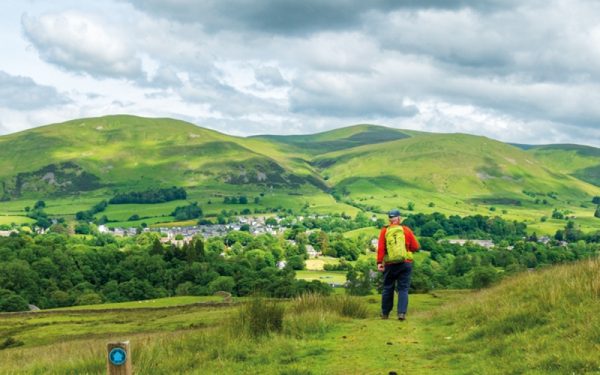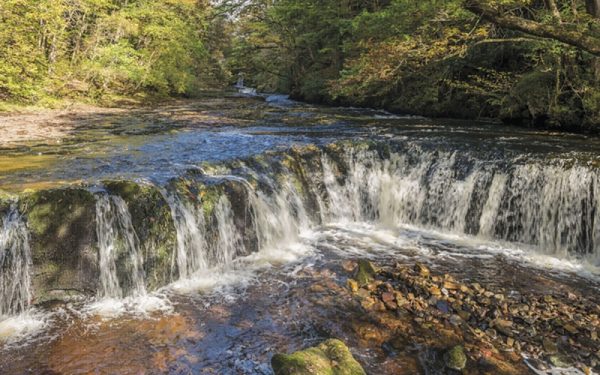Explore the world with Cicerone
Wherever you want to walk, trek, climb or cycle, Cicerone Press guidebooks are key to unlocking your next adventure. For over 50 years, we’ve been the gold standard in outdoor adventure, covering:
- Hiking and Trekking – from gentle countryside walks to high-mountain trails
- Cycling and Bikepacking – road cycling, gravel routes, and multi-day tours
- Climbing and Mountaineering – scrambles, via ferratas, and summit challenges
With over 400 pocket-sized guidebooks, each packed with:
- Detailed route descriptions – so you always know what’s ahead
- Clear maps and navigation tips – find your way with confidence
- Stunning photos – get inspired for your next adventure
- Expert advice – from seasoned outdoor writers and explorers
Whether you’re tackling Blencathra’s Sharp Edge in the Lake District, hiking the stunning GR10 mountain chain, embarking on a pilgrimage along the Camino Portugués, or exploring Italy’s magnificent Alta Via 1, or so much more, you can explore with confidence using Cicerone guidebooks.

Popular Articles
The joys of walking in the Brecon Beacons are endless. Stand atop a windswept peak and take in the sweeping views, or follow a woodland trail where the sound of rushing water fills the air. Watch red kites soaring overhead, pause by a hidden waterfall, or trace the footsteps of history along ancient pathways. But most of all, take the time to appreciate and respect this spectacular landscape's beauty, wildlife and ever-changing moods. Whether you're looking for a gentle stroll or a rewarding climb, there's something for everyone in every season. Here are five of the best short walks.
 An introduction to The Way of St Francis (Via di Francesco)
An introduction to The Way of St Francis (Via di Francesco)
The Way of St Francis (Via di Francesco) connects places and paths associated with the saint, allowing walkers to see why St Francis of Assisi loved the land. The route described in the guidebook, from Florence to Assisi and Rome, takes in the solitude of mountainous green areas, medieval hill towns, sweeping vistas and ancient olive gloves. The Way of St Francis offers the perfect Italian escape for pilgrims looking for alternatives to popular routes like the Camino de Santiago.
 Discover Sedbergh, Kirkby Lonsdale and Ingleton with five short walks in the Yorkshire Dales
Discover Sedbergh, Kirkby Lonsdale and Ingleton with five short walks in the Yorkshire Dales
The Western Yorkshire Dales provide a fascinating blend of landscape and history. The small summits, secretive valleys, and beautiful towns and villages are perfect for families and year-round rambles. These five short walks, which take up to three hours, encompass waterfalls, historic castle remains, and the area's railway history. They're the perfect introduction to one of Yorkshire's national parks.
 A few Welsh words for hillwalkers
A few Welsh words for hillwalkers
A few Welsh words for hillwalkers from author Terry Fletcher. It's always good manners to learn a few new words when you visit a different country and your reception is usually friendlier if you make the effort, even if you don't need to.
 Mountains of contrast: exploring Toubkal and the Atlas Mountains
Mountains of contrast: exploring Toubkal and the Atlas Mountains
Just a short flight from Europe, Morocco’s Atlas Mountains offer an experience unlike any other—where soaring peaks meet centuries-old traditions, and the vibrant energy of Marrakesh fades into the timeless silence of high-altitude trails. Jebel Toubkal, North Africa’s highest peak, is at the heart of this landscape, drawing hikers and mountaineers eager to explore its rugged beauty. Whether tackling its summit, embarking on the multi-day Toubkal Circuit, or simply wandering through Berber villages and mule tracks, this region offers adventure, culture, and a true sense of escape.














